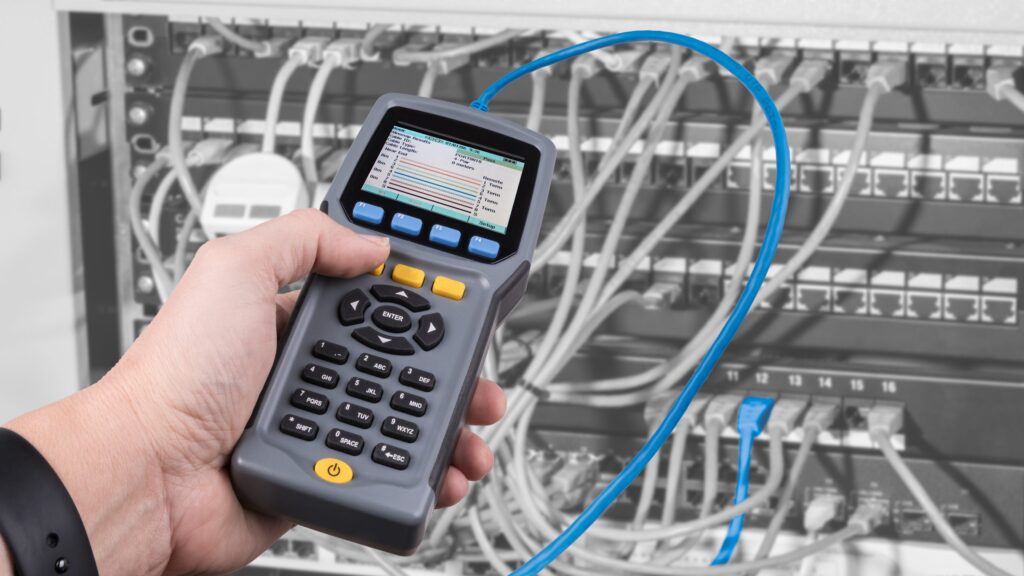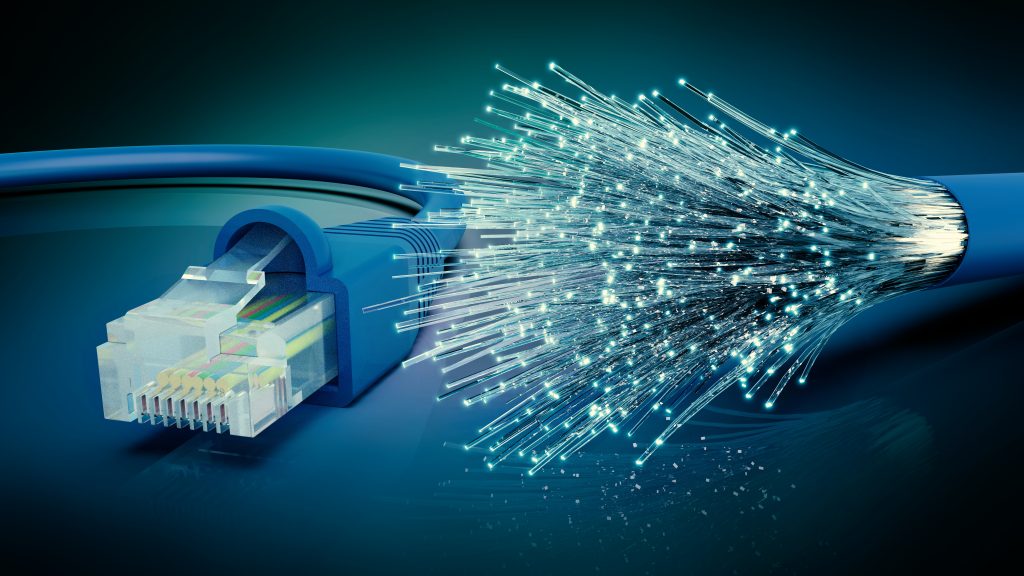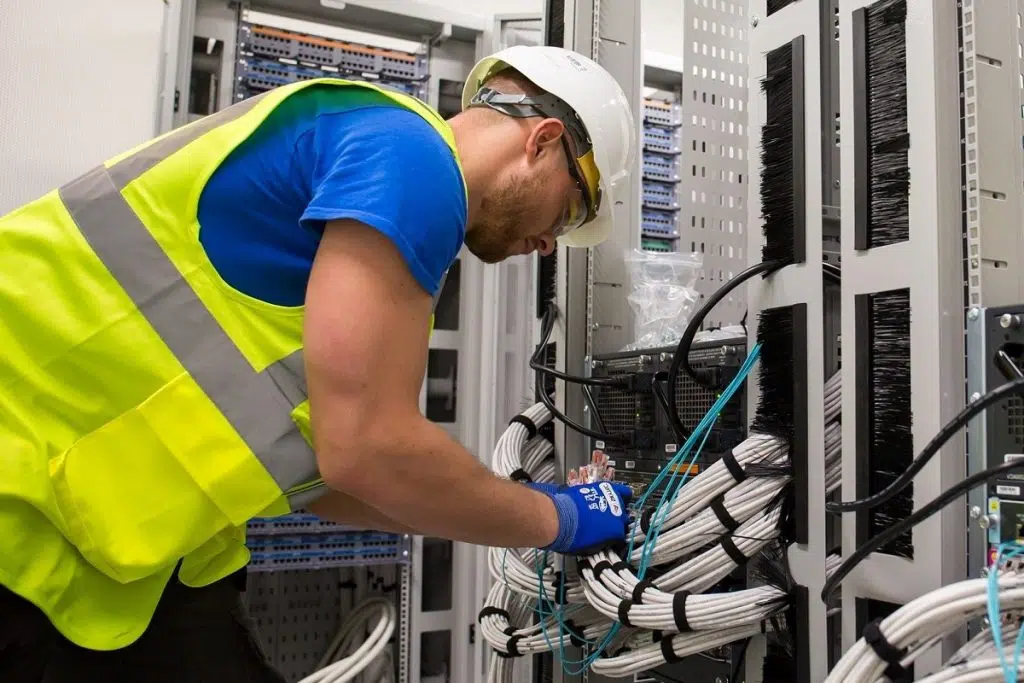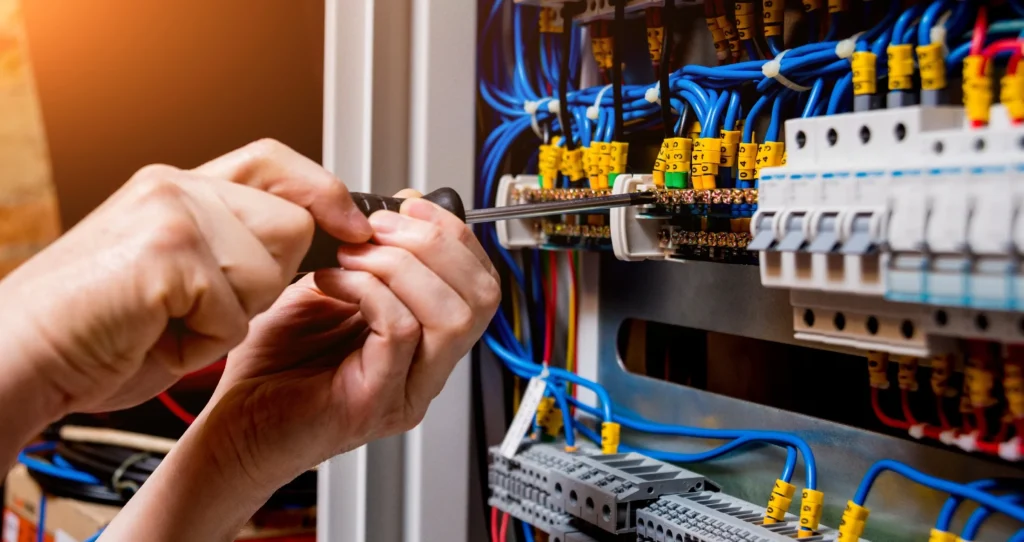In today’s digital age, businesses and organizations rely heavily on their computer networks to function properly. Without a reliable network, productivity can suffer, and critical operations may be disrupted. One critical component of any network infrastructure is the cabling system. It serves as the backbone of the network, carrying data between devices and ensuring that everything operates smoothly.
Proper maintenance and upgrades can help keep your network running smoothly and efficiently. Here are some tips to help you keep your cabling system in top condition.
Regular Inspections

Regular inspections are essential to ensuring that your cabling networks are functioning correctly. Over time, cables can become damaged or degraded, leading to poor performance and even network failures. Conducting routine inspections can help you identify any issues before they become a more significant problem.
During inspections, look for any signs of wear and tear, such as frayed or kinked cables. Check that all connectors are securely attached and that there is no damage to the protective jackets. It’s also a good idea to verify that they are correctly labeled and that they are connected to the proper ports.
Replace Outdated Equipment
As technology continues to evolve, so do the demands on your network. Older cabling systems may not be able to handle the increased bandwidth requirements of modern devices. It’s essential to periodically evaluate your network’s needs and determine if your cabling infrastructure can keep up.
If you find that your system is outdated, it’s time to consider an upgrade. Replacing older cables and connectors with newer, more robust solutions can help improve network performance and reduce downtime.
Consider Fiber Optic Cables

Fiber optic cables are becoming increasingly popular as more businesses require higher bandwidths and faster data transfer speeds. Unlike traditional copper cables, fiber optic ones transmit data using light, which makes them less susceptible to interference and signal loss.
They are also more durable and resistant to damage, making it an excellent choice for businesses with harsh environments or high traffic areas. While the initial investment in fiber optic cabling may be higher, the long-term benefits in terms of improved performance and reduced maintenance costs can be significant..
Regular Cleaning
Dust and debris can accumulate on cabling over time, which can cause signal interference and poor performance. Regular cleaning of your system can help prevent these issues and extend the life of your cables.
When cleaning, use a soft cloth or brush to remove any debris from the cables and connectors. Avoid using harsh chemicals, as they can damage the protective jackets on them.
Partner with a Professional

Source: thenetworkinstallers.com
Maintaining and upgrading your cabling system can be a complex task, requiring specialized knowledge and expertise. Partnering with a professional service provider can help ensure that your cabling infrastructure is functioning correctly and that upgrades are completed safely and efficiently.
Professionals can also provide ongoing maintenance and support, including regular inspections and cleaning, to help keep your network running smoothly.
Summary

Source: homee.com
In conclusion, maintaining and upgrading your cabling system is critical to ensuring that your network is functioning correctly. So, don’t wait until something goes wrong. Take proactive steps to maintain your system and ensure that your business operates at peak efficiency.